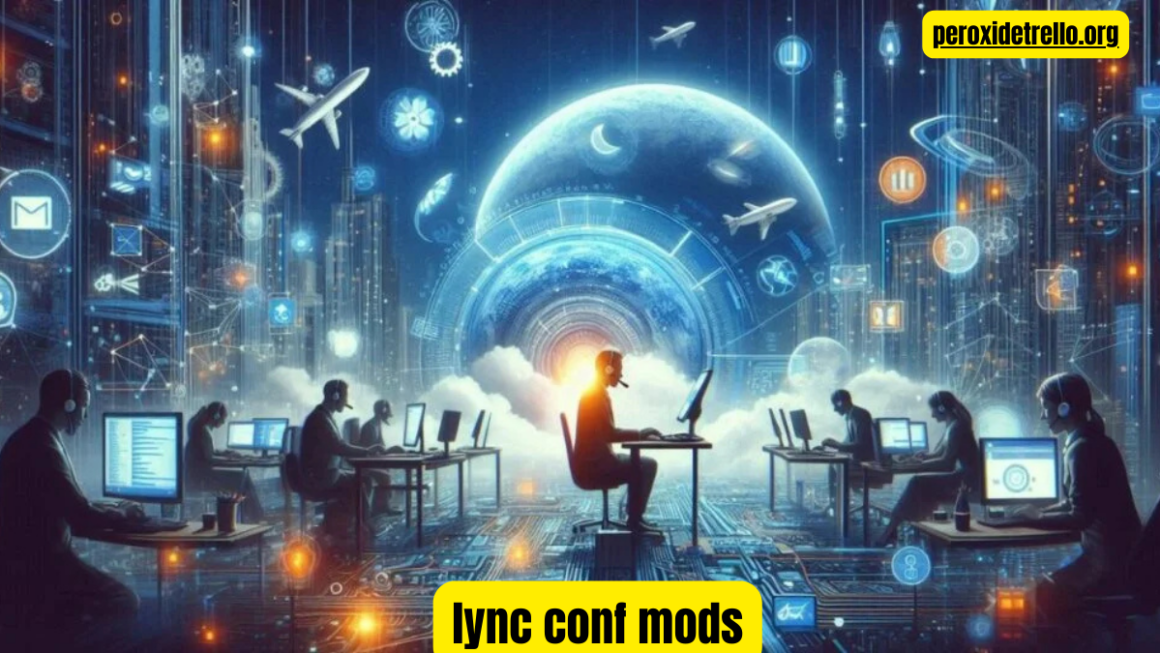methatreams In the rapidly evolving world of technology, new terms and concepts emerge to shape how we think about data, connectivity, and innovation. One such term making waves is “Methatreams.” While it might sound like jargon from a futuristic sci-fi novel, methatreams represent a groundbreaking shift in how we process, analyze, and utilize information in real-time. In this article, we’ll explore what methatreams are, their potential applications, and why they’re becoming an essential part of the digital age.
What Are Methatreams?
At its core, methatreams can be thought of as a meta-layer of data streams that interact, overlap, and inform each other in a dynamic ecosystem. Unlike traditional data streams, which often operate in isolation, methatreams integrate multiple streams of information, creating a web of interconnected insights.
For example, imagine a network of sensors in a smart city. One set of sensors tracks traffic patterns, another monitors air quality, and yet another observes energy usage in real time. Methatreams combine these disparate streams, enabling holistic analysis and decision-making. This interconnected approach goes beyond just aggregation—it involves real-time synthesis and contextual awareness.
The term itself comes from “meta,” meaning beyond or transcending, and “streams,” denoting continuous flows of data. Together, methatreams signify a new paradigm for data processing where the emphasis is on relationships, context, and actionable intelligence.
How Methatreams Differ from Traditional Data Streams

To fully appreciate methatreams, it’s important to understand how they differ from conventional data streams. Traditional streams are linear, often dealing with a single type of data flowing from point A to point B. Methatreams, on the other hand, are multidimensional and contextual.
Interconnectivity: Methatreams thrive on the interconnection of various data points. They don’t just collect information—they analyze how different streams influence one another.
Real-Time Analysis: Unlike traditional systems that may rely on batch processing, methatreams operate in real-time, providing immediate insights and enabling quick decision-making.
Contextual Awareness: Methatreams focus on the “why” behind the data. For instance, if traffic patterns suddenly change, methatreams might correlate this with weather data, local events, or even social media activity to provide a fuller picture.
Dynamic Adaptation: As new data becomes available, methatreams adapt and evolve. They’re not static pipelines but living ecosystems that grow and shift based on incoming information.
These distinctions make methatreams particularly suited for complex environments where data sources are numerous and constantly changing.
The Building Blocks of Methatreams
To create a methatream system, several key components must come together:
Data Sources: The foundation of any methatream is the diverse set of data streams feeding into the system. These could include IoT devices, social media platforms, financial markets, and more.
Integration Platforms: To merge various streams into a cohesive methatream, integration platforms are essential. These platforms act as the glue, connecting disparate data sources and ensuring compatibility.
AI and Machine Learning: Advanced algorithms play a pivotal role in methatreams, analyzing patterns, identifying correlations, and making predictions based on the synthesized data.
Visualization Tools: A crucial aspect of methatreams is their ability to present complex data in an understandable format. Visualization tools turn raw data into actionable insights, often through dashboards, graphs, or interactive maps.
Scalability and Security: Given the sheer volume and sensitivity of data involved, methatream systems must be scalable and secure. Cloud-based infrastructures and robust encryption are often employed to meet these demands.
Each of these elements contributes to the overall functionality and effectiveness of a methatream ecosystem.
Real-World Applications of Methatreams
The potential applications of methatreams span various industries, each benefiting from the technology’s ability to synthesize and analyze complex data sets.
Healthcare
In the healthcare sector, methatreams can revolutionize patient care and medical research. By integrating data from wearable devices, electronic health records, and real-time patient monitoring systems, methatreams enable:
- Early Detection: Anomalies in vital signs can be flagged instantly, allowing for quicker intervention.
- Personalized Medicine: Insights from methatreams can inform treatment plans tailored to individual patients.
- Epidemiology: Public health officials can track disease outbreaks in real time, correlating data from hospitals, travel records, and social media.
Smart Cities
Methatreams are a cornerstone of smart city initiatives. By connecting data streams from transportation systems, utilities, and environmental sensors, methatreams facilitate:
- Efficient Resource Management: Utilities can adjust energy distribution based on demand patterns.
- Traffic Optimization: Real-time traffic data can be used to adjust signal timings and suggest alternative routes.
- Public Safety: Law enforcement can use methatreams to analyze crime trends and deploy resources effectively.
Finance and Commerce
The financial industry thrives on data, making it an ideal field for methatream adoption. Applications include:
- Risk Assessment: Methatreams can evaluate financial risks by integrating market data, geopolitical events, and historical trends.
- Fraud Detection: Real-time analysis helps identify unusual transaction patterns.
- Customer Insights: Businesses can personalize marketing strategies by analyzing consumer behavior across multiple platforms.
Environmental Conservation
Methatreams have significant potential in environmental monitoring and conservation. For instance:
- Climate Tracking: By combining satellite data, weather patterns, and ground-based observations, methatreams can provide accurate climate models.
- Wildlife Protection: Conservationists can track animal movements and detect poaching activity using interconnected data streams.
- Disaster Response: Methatreams can help coordinate relief efforts during natural disasters by synthesizing data from various agencies.
Challenges and Ethical Considerations
While methatreams hold immense promise, their implementation is not without challenges. Key issues include:
Data Privacy
The integration of multiple data sources raises significant privacy concerns. Ensuring that personal and sensitive information is protected requires robust encryption and adherence to data protection regulations.
Bias in AI
Since methatreams rely heavily on AI, any bias in the underlying algorithms can skew results. Developers must prioritize fairness and transparency to avoid perpetuating systemic inequalities.
Infrastructure Costs
Building and maintaining methatream systems can be resource-intensive. Organizations must weigh the benefits against the costs and ensure scalability without compromising quality.
Overreliance on Automation
While methatreams enhance decision-making, there’s a risk of over-reliance on automated systems. Human oversight remains crucial to interpreting insights and addressing anomalies effectively.
The Future of Methatreams
As technology continues to advance, the role of methatreams will only grow. Key trends to watch include:
- Integration with Quantum Computing: Quantum computing’s ability to process massive datasets could enhance the capabilities of methatreams.
- Edge Computing: By processing data closer to its source, edge computing can make methatreams faster and more efficient.
- Broader Adoption: Industries beyond tech, such as agriculture and education, are likely to embrace methatreams for their unique benefits.
Conclusion
Methatreams represent a transformative step in the evolution of data processing and connectivity. By integrating multiple streams of information into a cohesive and dynamic ecosystem, they empower industries to make smarter, faster, and more informed decisions. While challenges remain, the potential of methatreams to reshape our world is undeniable. As we navigate this exciting frontier, one thing is clear: the future is interconnected, and methatreams are leading the way.



